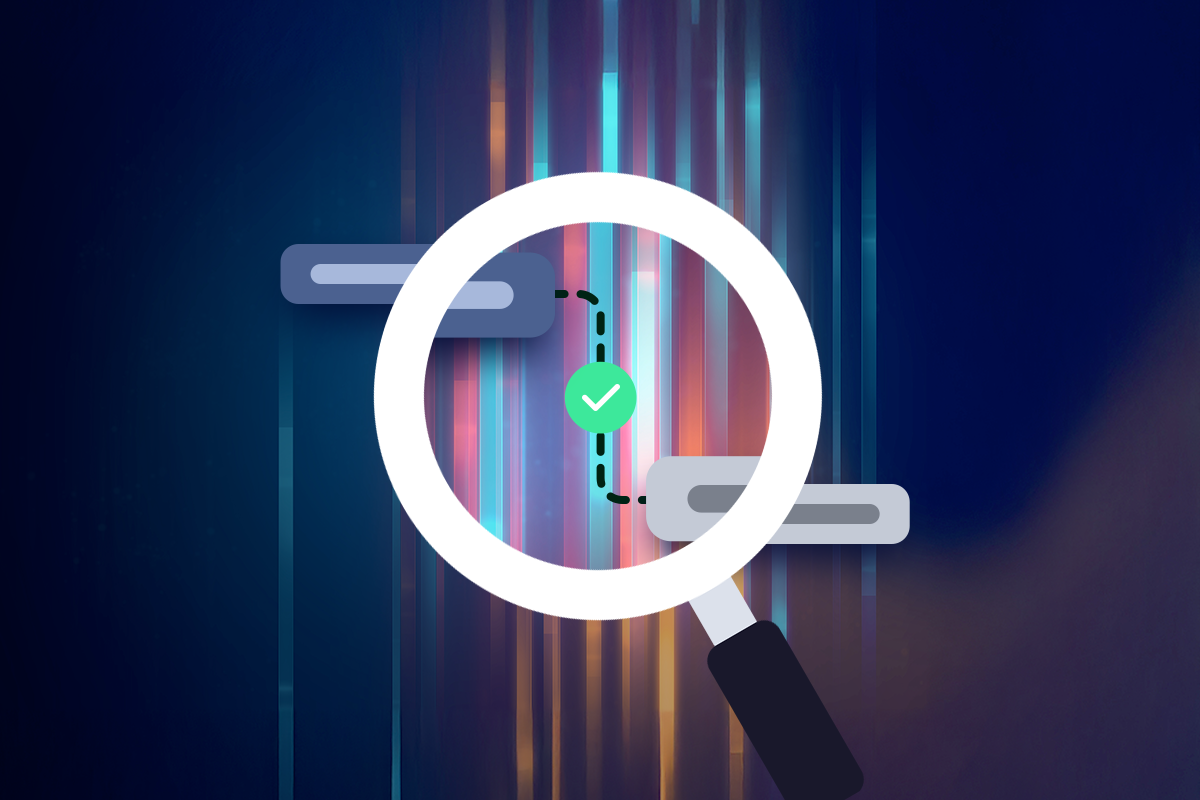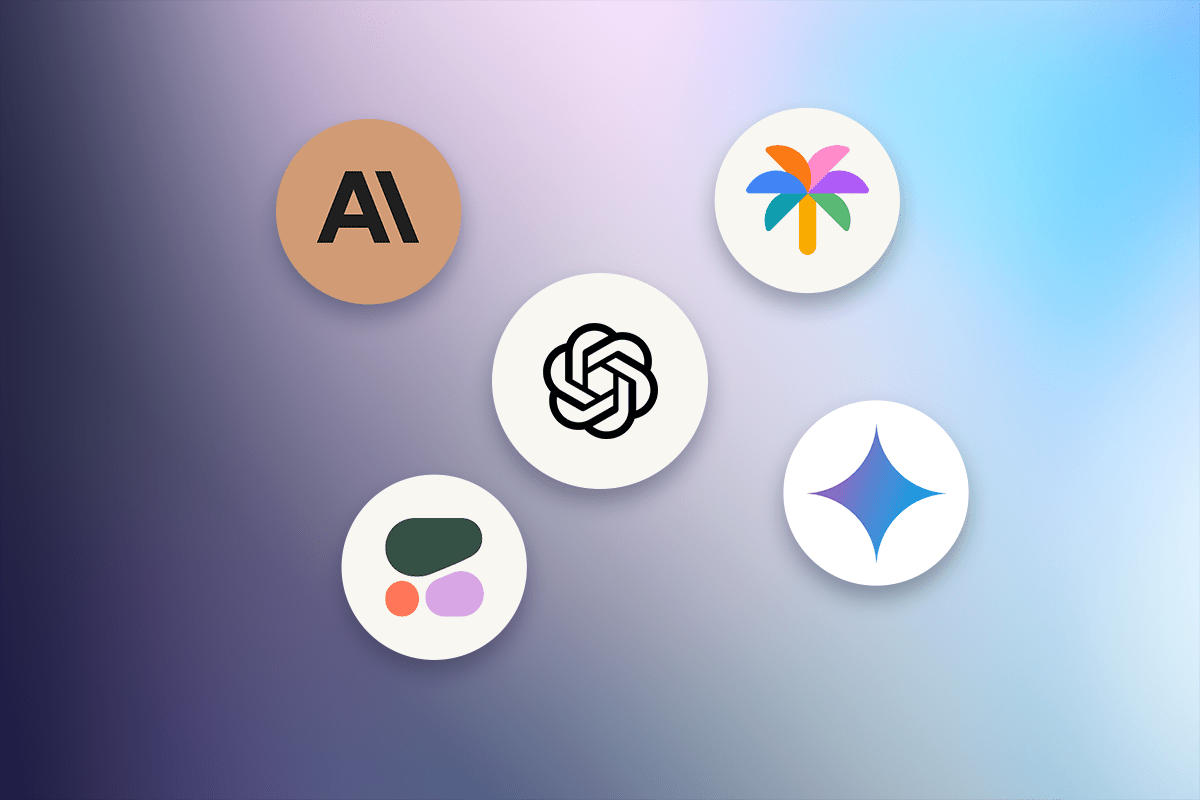When integrating Large Language Models (LLMs), or agentic AI, into applications, you can’t afford to treat them like “black boxes.” As your LLM application scales and becomes more complex, the need to monitor, troubleshoot, and understand how the LLM impacts your application becomes critical. In this article, we’ll explore the observability strategies we’ve found useful here at Quiq.
Key Elements of an Effective LLM Observability Strategy
- Provide Access: Encourage business users to engage actively in testing and optimization.
- Encourage Exploration: Make it easy to explore the application under different scenarios.
- Create Transparency: Clearly show how the model interacts within your application, reveal decision-making processes, system interactions, and how outputs are verified.
- Handle Errors Gracefully: Proactively identify and handle deviations or errors.
- Track System Performance: Expose metrics like response times, token usage, and errors.
LLMs add a layer of unpredictability and complexity to an application. Your observability tooling should allow you to actively explore both known and unknown issues while fostering an environment where engineers and business users can collaborate to create a new kind of application.
5 Strategies for LLM Observability
We will discuss strategies from the perspective of a real world event. An “event” triggers an application to process input and provides output back to the world.
A few examples of events include:
- Chat user message input > Chat response
- An email arriving into a ticketing system > Suggested reply
- A case being closed > Case updated for topic or other classifications
You may have heard of these events referred to as prompt chains, prompt pipelines, agentic workflows, or conversational turns. The key takeaway; an event will require more than a single call to an LLM. Your LLM application’s job is to orchestrate LLM prompts, data requests, decisions and actions. The following strategies will help you understand what’s happening inside your LLM application.
1. Tracing Execution Paths
Any given event may follow different execution paths. Tracing the execution path should allow you to understand what state is set, which knowledge was retrieved, functions called, and generally how and why the LLM generated and verified the response. The ability to trace the execution path of an event will provide invaluable visibility into your application behavior.
For example, if your application delivers a message that offers a live agent; was it because the topic was sensitive, the user was frustrated or there was a gap in the knowledge resources? Tracing the execution path will help you pinpoint the prompt, knowledge or logic that drove the response. This is the first step in monitoring and optimizing an AI application. Your LLM observability should provide a full trace of the execution path that led to a response being delivered.
2. Replay Mechanisms for Faster Debugging
In real-world applications, being able to reproduce and fix errors quickly is critical. Implementing an event replay mechanism—where past events can be replayed against the current system configuration will provide a fast feedback loop.
Replaying events also helps when modifying prompts, upgrading models, adding knowledge or editing business rules. Changing your LLM application should be done in a controlled environment where you can replay events and ensure the desired effect without introducing new issues.
3. State Management & Monitoring
Another key aspect of LLM observability is capturing how your application’s field values or state changes during an event, as well as, across related events such as a conversation. Understanding the state of different variables can help you better understand and recreate the results of your LLM application.
Many use cases will also make use of memory. You should strive to manage this memory consistently and use caching for order or product info to reduce unnecessary network calls. In addition to data caches, multi-turn conversations may react differently based on the memory state. Suppose a user types “I need help” and you have implemented a next-best-action classifier with the following options:
- Clarify the inquiry
- Find Information
- Escalate to live agent
The action taken may depend on whether “I need help” is the 1st or 5th message of the conversation. The response could also depend on whether the inquiry type is something you want your live agents handling.
The key takeaway – LLMs introduce a new kind of intelligence, but you’ll still need to manage state and domain specific logic to ensure your application is aware of its context. Clear visibility into the state of your application and your ability to reproduce it are vital parts of your observability strategy.
4. Claims Verification
A critical challenge with LLMs is ensuring the validity of the information they generate. Some refer to these made up answers as hallucinations. A hallucination is a statement made up by the LLM, usually because it makes semantic sense.
A claims verification process provides confidence that a response is grounded, attributable and verified by approved evidence from known knowledge or API resources. A dedicated verification model should be used to provide a confidence score and handling should be put in place to align answers that fail verification. The verification process should use metrics such as the maximum, minimum, and average scores and attribute answers to one or many resources.
For example:
- On Verified: Define actions to take when a claim is verified. This could involve attributing the answer to one or many articles or API responses and then delivering a response to the end user.
- On Unverified: Set workflows for unverified claims, such as retrying a prompt pipeline, aligning a corrective response, or escalating the issue to a human agent.
By integrating a claims verification model and process into your LLM application, you gain the ability to prevent hallucinations and attribute responses to known resources. This clear and traceable attribution will equip you with the information you need to field questions from stakeholders and provide insight into how you can improve your knowledge.
5. Regression Tests
After optimizing prompts, upgrading models, or introducing new knowledge; you’ll want to ensure that these changes don’t introduce new problems. Earlier, we talked about replaying events and this replay capability should be the basis for creating your test cases. You should be able to save any event as a regression test. Your test-sets should be run individually or in batch as part of a continuous integration pipeline.
The models are moving fast and your LLM application will be under constant pressure to get faster, smarter and cheaper. Test sets will give you the visibility and confidence you need to stay ahead of your competition.
Setting Performance Goals
While the above strategies are essential, it’s also important to evaluate how well your system is achieving its higher-level objectives. This is where performance goals come into play. Goals should be instrumented to track whether your application is successfully meeting the business objectives.
- Goal Success: Measure how often your application achieves a defined objective, such as confirming an upcoming appointment, rendering an order status, or receiving positive user feedback.
- Goal Failure: Track instances where the LLM fails to complete a task or requires human assistance.
Keep in mind that an event such as a live agent escalation could be considered success for one type of inquiry, and a failure in a different scenario. Goal instrumentation should provide a high degree of flexibility. By setting clear success and failure criteria for your application, you will be better positioned to evaluate its performance over time and identify areas for improvement.
Applying Segmentation to Hone In
Segmentation is a powerful tool for diving deeper into your LLM application’s performance. By grouping conversations or events based on specific criteria, such as inquiry type, user type or product category; you can focus your analysis on areas that matter most to your application.
For instance, you may want to segment conversations to see if your application behaves differently on web versus mobile, or across sales versus service inquiries. You can also create more complex segments that filter interactions based on specific events, such as when an error occurred or when a specific topic category was in play. Segmentation allows you to tailor your observability efforts to the use cases and specific needs of your business.
Using Funnels for Conversion and Performance Insights
Funnels provide another layer of insight by showing how users progress through a series of steps within a customer journey or conversation. A funnel allows you to visualize drop-offs, identify where users disengage, and track how many complete the intended goal. For example, you can track the steps a customer takes when engaging with your LLM application, from initial inquiry to task completion, and analyze where drop-offs occur.
Funnels can be segmented just like other data, allowing you to drill down by platform, customer type, or interaction type. This helps you understand where improvements are needed and how adjustments to prompts or knowledge bases can enhance the overall experience.
By combining segmentation with funnel analysis, you get a comprehensive view of your LLM’s effectiveness and can pinpoint specific areas for optimization.
A/B Testing for Continuous Improvement
A/B testing is a vital tool for systematically improving LLM application performance by comparing different versions of prompts, responses, or workflows. This method allows you to experiment with variations of the same interaction and measure which version produces better results. For instance, you can test two different prompts to see which one leads to more successful goal completions or fewer errors.
By running A/B tests, you can refine your prompt design, optimize the LLM’s decision-making logic, and improve overall user experience. The results of these tests give you data-backed insights, helping you implement changes with confidence that they’ll positively impact performance.
Additionally, A/B testing can be combined with funnel analysis, allowing you to track how changes affect customer behavior at each step of the journey. This ensures that your optimizations not only improve specific interactions but also lead to better conversion rates and task completions overall.
Final Thoughts on LLM Observability
LLM observability is not just a technical necessity but a strategic advantage. Whether you’re dealing with prompt optimization, function call validation, or auditing sensitive interactions, observability helps you maintain control over the outputs of your LLM application. By leveraging tools such as event debug-replay, regression tests, segmentation, funnel analysis, A/B testing, and claims verification, you will build trust that you have a safe and effective LLM application.
Curious about how Quiq approaches LLM observability? Watch our video on observability in AI Studio:
Ready to talk to our team about LLM observability at your company? Get in touch with us.




